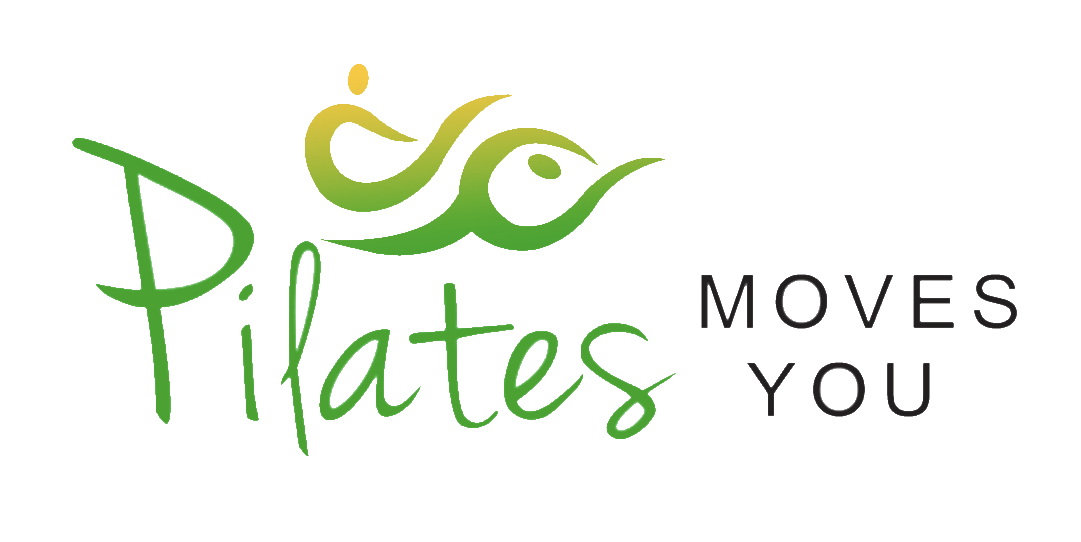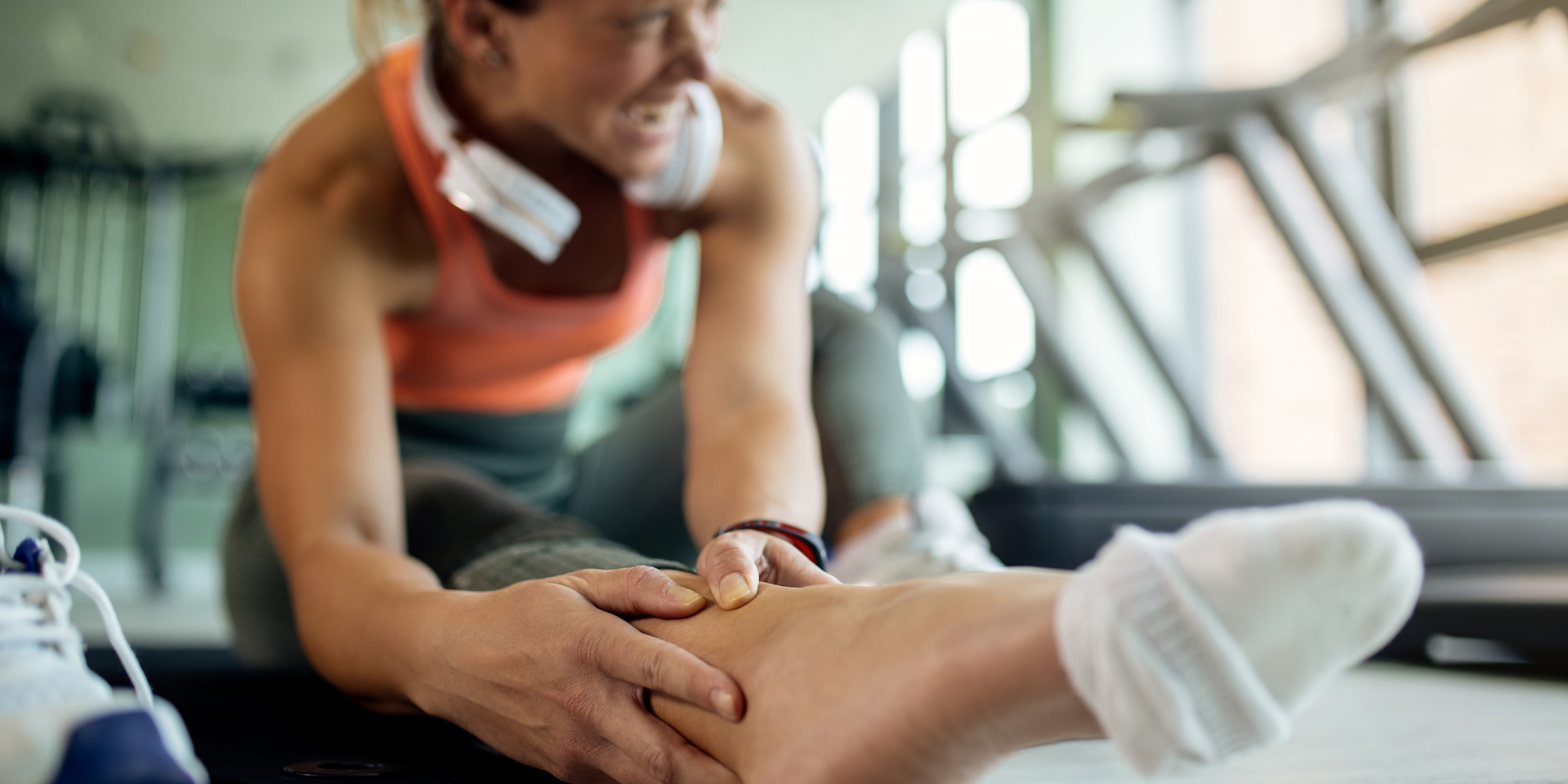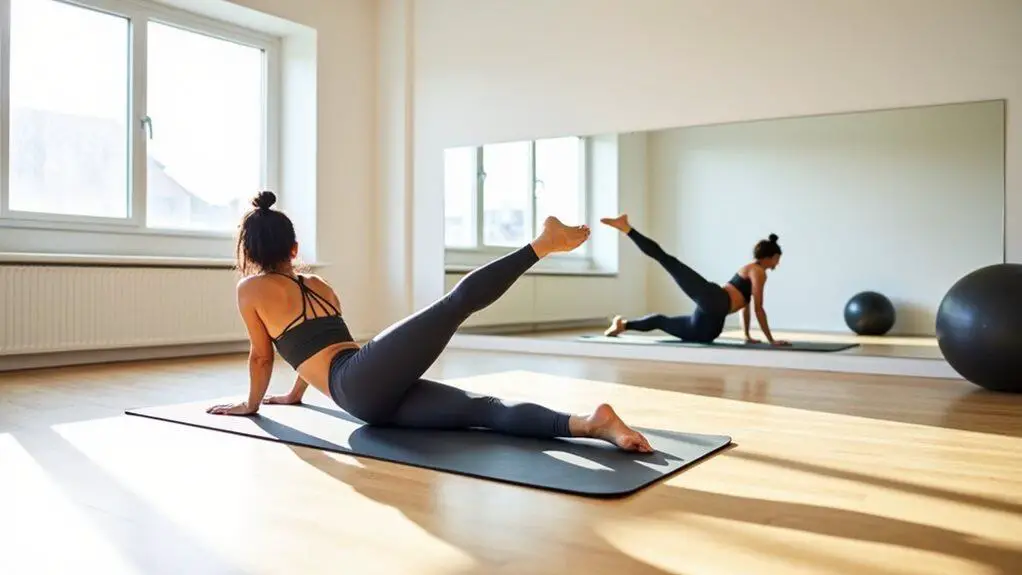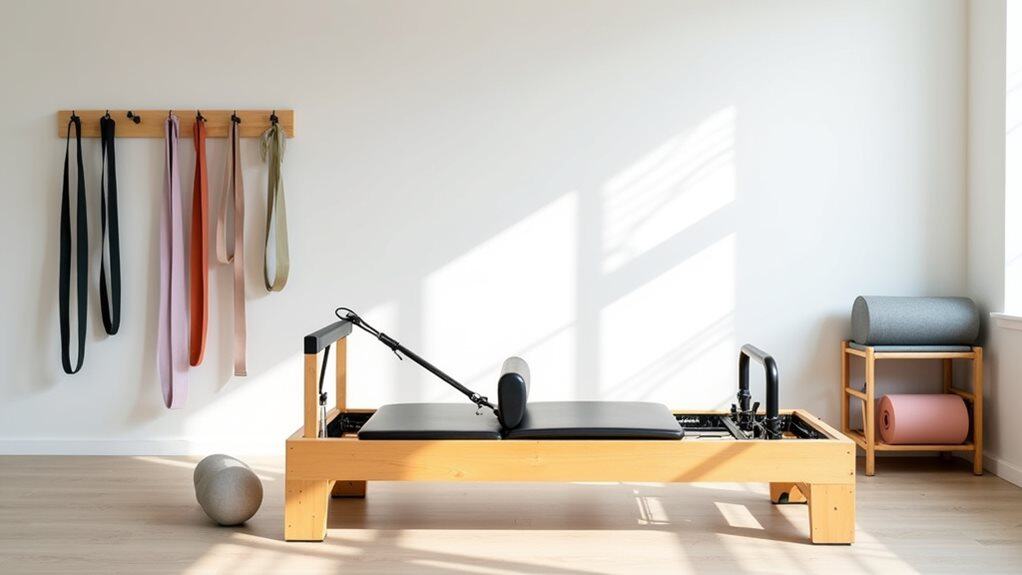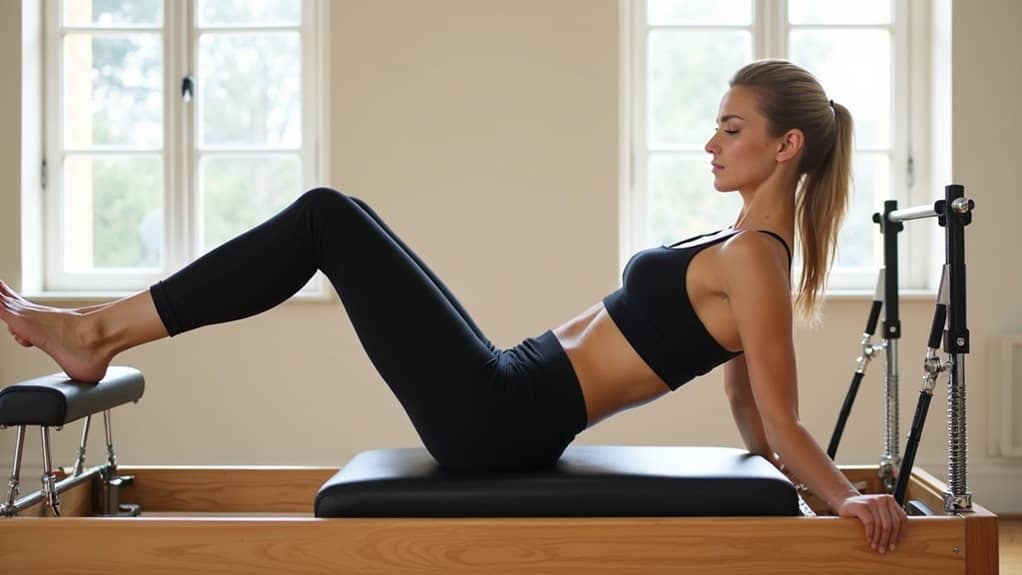Amid the intricacies of our musculoskeletal system, the ankle remains a cornerstone of movement, often taken for granted until an unforeseen twist or strain brings our mobility to a halt. With our daily rhythm disrupted, the quest for recovery methods ensues, leading some down a path less traveled yet brimming with potential.
Pilates can be an effective method for rehabilitating ankle injuries. It focuses on strengthening the muscles, improving flexibility, and promoting joint mobility. Tailored exercises can target the ankle region, aiding recovery and preventing future injuries. Always consult with a professional before starting.
Delve into a world where traditional rehabilitation meets an age-old practice and discover the unexpected synchronicity between these two realms.
The Anatomy of the Ankle: Understanding the Basics
The ankle is more than just a hinge joint that allows our foot to move up and down; it’s a complex structure that bears our body weight and allows for a wide range of motions. Understanding its anatomy can provide insights into how injuries occur and how we might better approach healing.
- Bones: The ankle comprises three main bones:
- Tibia: The larger, inner bone of the lower leg.
- Fibula: The slender bone positioned alongside the tibia.
- Talus: This sits right above the heel bone and plays a crucial role in connecting the leg and the foot.
- Ligaments: These tough bands of tissue bind bones together. In the ankle, they offer stability and prevent excessive movement. The most commonly injured ligament in ankle sprains is the anterior talofibular ligament.
- Tendons: Connecting muscles to bones, tendons facilitate movement. The Achilles tendon, linking the calf muscles to the heel bone, is the largest and most prominent in the ankle region.
- Muscles: Several muscles, like the gastrocnemius and soleus, play a role in ankle movement and stability. Their strength and flexibility can influence ankle health.
- Cartilage: This cushioning material ensures smooth movement between the bones. Cartilage can wear down over time or due to injury, leading to osteoarthritis.
- Blood Vessels and Nerves: The ankle receives blood from various arteries and has a network of nerves that provide sensation and control.
Understanding the intricacies of the ankle’s anatomy helps us appreciate its vulnerability and resilience. It also underscores why a holistic approach, like Pilates, that targets muscle strength, joint mobility, and overall alignment can benefit recovery and prevention.
Principles of Pilates: Aligning Body and Mind
Pilates is a physical exercise and a holistic approach that harmonizes body and mind to foster optimal health. The method, developed by Joseph Pilates in the early 20th century, is grounded in several core principles that contribute to its effectiveness, especially when used for rehabilitation purposes like healing ankle injuries.
- Centering: Often referred to as the “powerhouse,” this principle emphasizes the importance of the body’s core. Every Pilates movement originates from this central region, ensuring stability and balance. This helps ensure that the right muscles support the joint, distributing the load effectively for ankle injuries.
- Concentration: In Pilates, one must be fully attentive to each movement. This heightened awareness ensures exercises are performed precisely and optimizes their benefits, especially for targeted rehabilitation.
- Control: Every Pilates exercise demands control over every part of the body, eliminating unnecessary movements and promoting efficiency. This means activating only the muscles of an injured ankle, preventing further strain.
- Precision: Pilates is about quality, not quantity. Each movement is deliberate and exact. This precision ensures the right muscles are engaged, facilitating effective injury recovery.
- Breath: Proper breathing is integral to Pilates. Breath fuels the movements and aids in focusing the mind. Moreover, conscious breathing helps in oxygenating the muscles, promoting faster healing.
- Flow: Pilates movements are fluid and connected. This smooth transition between exercises ensures continuous engagement and avoids jarring, which can be especially beneficial for injured areas.
- Alignment: Proper body alignment is at the core of Pilates. It ensures that undue pressure isn’t placed on any single body part. For ankle injuries, this ensures the joint isn’t overburdened during exercises.
By adhering to these principles, Pilates offers a comprehensive approach to rehabilitation. When dealing with ankle injuries, this alignment of body and mind promotes physical healing and instills a sense of discipline and mindfulness that aids overall recovery and future injury prevention.
Targeted Pilates Exercises for Ankle Strength and Flexibility
The beauty of Pilates lies in its adaptability, allowing exercises to be tailored to focus on specific areas of the body. Regarding ankle injuries, certain movements can be particularly beneficial in restoring strength, improving flexibility, and enhancing proprioception. Here are some targeted Pilates exercises designed to rehabilitate the ankle:
- Ankle Pumps:
- Execution: Sit or lie down with legs extended. Point and flex the foot, moving only the ankle joint.
- Benefits: This exercise improves blood circulation, reduces swelling, and begins post-injury mobility.
- Ankle Circles:
- Execution: With legs extended, rotate the foot in a circular motion clockwise and then counter-clockwise.
- Benefits: Enhances range of motion and works on ankle joint flexibility.
- Theraband Resistance:
- Execution: Wrap a theraband around the football while seated. Holding both ends, gently press the foot against the band’s resistance, pointing and flexing.
- Benefits: Strengthens the muscles surrounding the ankle and provides controlled resistance.
- Heel Slides:
- Execution: Sit with knees bent and feet flat on the floor. Slowly slide one heel away, extending the leg, then draw it back in.
- Benefits: Works on the flexibility of the calf muscles and encourages ankle mobility.
- Toe Tapping:
- Execution: Lie down with legs lifted to a tabletop position. Keeping the heels together, tap the toes toward the floor and then lift back to the starting position.
- Benefits: Strengthens the anterior tibialis, which supports the front side of the ankle.
- Standing Calf Raises:
- Execution: Stand upright with feet hip-width apart. Slowly raise heels off the ground, onto the balls of the feet, then lower back down.
- Benefits: Builds strength in the calf muscles, which provide stability to the ankle.
- Pilates V Footwork on the Reformer:
- Execution: Using a Pilates reformer, lie supine with feet in a V position on the footbar. Push the carriage out by extending the legs and then control its return.
- Benefits: This exercise offers strength and flexibility training for the ankle, with the added advantage of adjustable resistance.
Incorporating these exercises into a rehabilitation routine can expedite recovery. However, consulting with a Pilates instructor or physiotherapist is essential to ensure proper technique and avoid re-injury.
The Role of Breath and Concentration in Recovery
Breath and concentration, while often considered subtle aspects of many physical practices, play an instrumental role in healing and rehabilitation. In Pilates, these two pillars are important, especially when nurturing an injured area like the ankle back to health.
- The Power of Breath:
- Oxygenation: Proper breathing ensures oxygen is efficiently delivered to muscles and injured tissues, facilitating faster recovery. Oxygen-rich blood helps repair damaged tissues and reduces inflammation.
- Pain Management: Deep, rhythmic breathing can have an analgesic effect. By diverting attention from pain and releasing endorphins, breath can be a natural painkiller.
- Enhanced Core Activation: In Pilates, breath is synchronized with movement. Exhaling during effortful parts of an exercise ensures that the core muscles are engaged, offering better stability and support.
- Mastery of Concentration:
- Mind-Body Connection: Concentration fosters a deeper connection between mind and body. By focusing intently on the movement, individuals become acutely aware of how their body functions, helping identify and correct imbalances.
- Precision and Control: Exercises are executed with greater precision with increased concentration. This attention to detail ensures that the right muscle groups are engaged, preventing undue strain and promoting effective healing.
- Mitigating Re-Injury: A focused mind is less likely to become distracted, reducing the chances of incorrect movement or overexertion that could lead to re-injury.
- Synergy of Breath and Concentration:
- Relaxation and Stress Reduction: Combining deep breathing and focused attention can trigger the body’s relaxation response. This not only alleviates muscle tension but also reduces the stress hormones which can impede healing.
- Enhanced Proprioception: The synchronized effort of breath and concentration sharpens one’s sense of body position, movement, and balance. Improved proprioception is crucial for ankle injury recovery, ensuring that the joint is protected during activities.
While breath and concentration might appear secondary to physical movement, they are foundational in Pilates. Embracing their significance can amplify the healing process, ensuring that the journey to recovery is physically restorative and mentally rejuvenating.
Sources:
https://www.ideafit.com/personal-training/pilates-and-ankle-sprains/
https://www.pilatesanytime.com/blog/restorative/moving-through-injury-to-recovery
